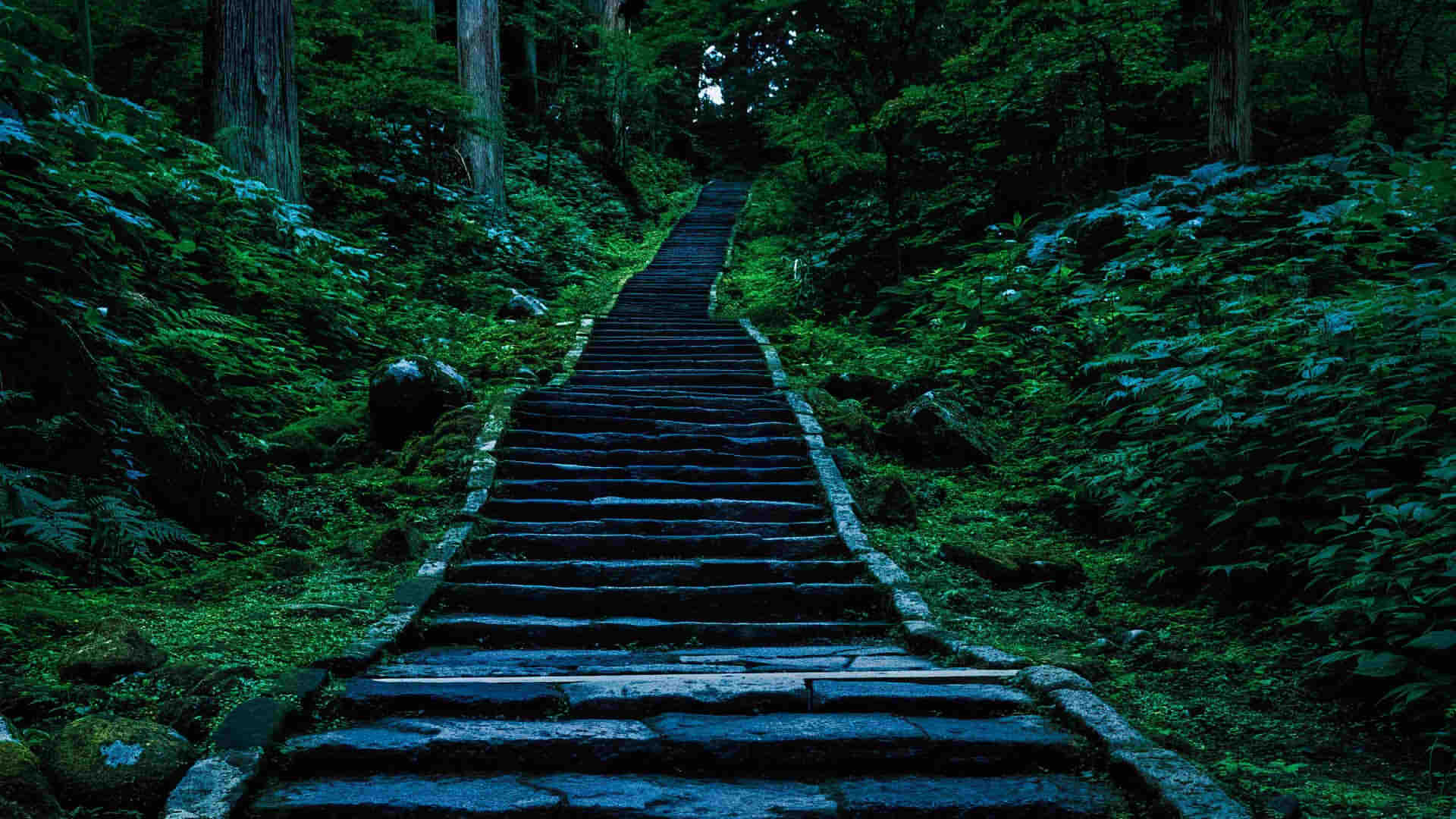
Haguro-san (羽黒山) , also known as Mount Haguro, is a sacred mountain located in the Tsuruoka city of the Yamagata Prefecture in Japan. It is one of the Three Mountains of Dewa, along with Mount Gassan and Mount Yudono, which are considered to be sacred sites in Japanese Shinto and Buddhist beliefs.
Haguro-san is known for its beautiful natural scenery, historical and cultural significance, and for being a popular destination for hiking and pilgrimage. The mountain is covered with ancient cedar trees, many of which are hundreds of years old, and it is home to numerous shrines, temples, and other cultural landmarks.
One of the main attractions of Haguro-san is the Haguro-san Goju-no-To, or the Five-Story Pagoda, which is a designated national treasure of Japan. The pagoda was built in 1372 during the mid-Heian period and stands at 30 meters tall. It is considered to be one of the most important and beautiful pagodas in Japan.
Another popular attraction is the Haguro-san Shrine, whose exact founding date is unknown but has long been revered as a sacred site for mountain worship. The shrine is dedicated to the god of the mountain, and it is a popular site for religious pilgrimages.
Haguro-san is also known for its hiking trails, particularly the 2446 stone steps leading up to the summit, offering visitors the opportunity to explore the mountain’s natural beauty and cultural landmarks. The trails offer stunning views of the surrounding landscape.
Getting there
By Train and Bus
- Take a bus bound for Haguro-san from JR Tsuruoka Station
- Get off at “Haguro Zuishinmon” bus stop (about 40 minutes, 840 yen)
- Many buses continue to the summit of Haguro-san (55 minutes from Tsuruoka Station, 1210 yen)
Bus Schedule Information
- Buses run approximately every hour from Tsuruoka Station to Haguro-san summit
- From November to March, some buses terminate at Haguro Zuishinmon
On Foot
- Climb 2,446 stone steps from the Zuishinmon gate at the entrance of Haguro-san’s approach (recommended route)
- Points of interest along the way include a five-story pagoda and tea houses
Important Notes
- Fewer buses to the summit during winter (November to March)
- Bring plenty of water if climbing on foot
